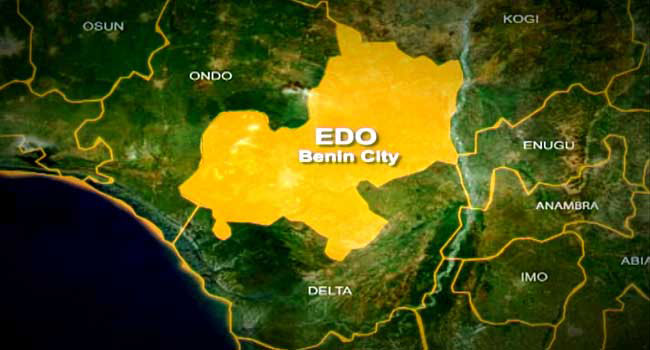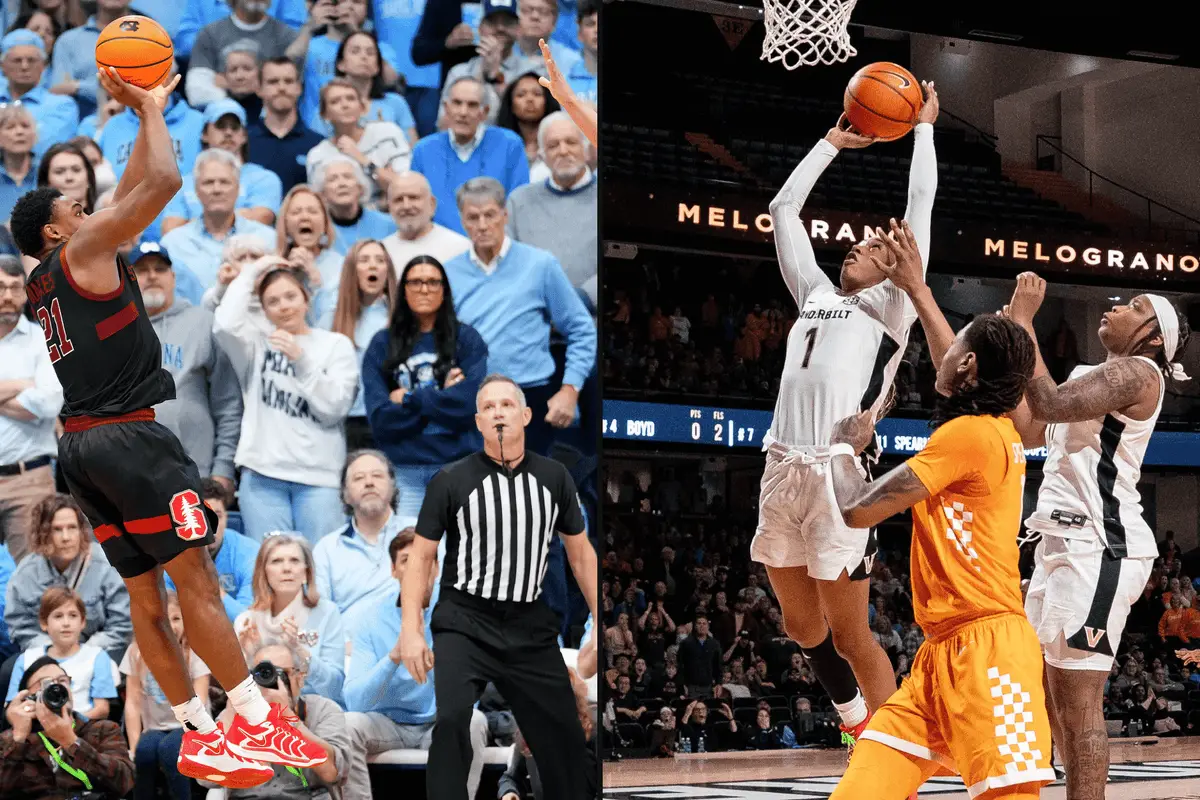[ad_1]
We wave au revoir to Nantes and, moments later, we’re rushing towards the sea on hired touring bikes. We’re heading along France’s newest cycle route, from the Pays de la Loire through Brittany to the tidal flats of Normandy. My friend and I have an appointment with Mont-Saint-Michel in four days and our challenge is to conquer the 170 miles (275km) of newly linked greenway trails and backroads that twitch and worm through unspoilt villages, pastoral farmlands and centuries of history. There’s a sense from the outset that this might be the ultimate trapdoor into a part of France we’d never have discovered otherwise.
The route’s name, La Régalante, comes from a subtle blend of the words galette (a Breton pancake), galante (gallant) and Gallo (Gaul), but with a suggestion of regaling oneself. Opened earlier this year, it is a collaboration by three regional governments, with the aim of shining a light on less-visited areas of France. Within a few hours, we’re deep into the first of its nine sections (they vary in length from 12 to 25 miles) – we’re whizzing through in four days, but it would make a great leisurely cycle holiday over a week. A website with route maps plus acco0mmodation and train information makes planning easy, and it’s flawlessly signposted with distinctive coral-red signs, leaving cyclists free to enjoy glimpses of everyday life and scenery, rather than constantly checking a map.
Our first overnight stop is at Le Moulin del Bel Air outside Joué-sur-Erdre, run by Estelle Guihard. Built in 1838, her guesthouse is one of the last surviving windmills in the Pays de la Loire and, when we arrive, she is in its kitchen, hunched over a galettoire pan, sizzling buckwheat pancakes for dinner. “This was my grandmother’s,” she says, cracking an egg into the middle of the crepe. “Somehow, I can feel her memories at my fingertips.” It could be a scene from another century.
Before we arrived, Estelle was on the windmill roof, fixing a leak in the rain, then she joined us for dinner, with portraits of her grandparents looking on. Over sweet cider served in a glazed bolée, a wide-rimmed Breton cup, she tells us that bringing her family’s windmill back to life is a calling, rather than a career. “People would dance, discuss, eat and make bread – common life thrived under the windmill,” she says. “There was one every kilometre in this part of France; now there are so few left.” Dessert, naturally, is another galette: this time, with chocolate spread and coconut yoghurt, returning us swiftly to the present day.
The next morning, we ride out into history. This western corner of France is littered with medieval abbeys, chateaux and towns – from big, bold Abbaye de Melleray to Châteaubriant, with its castle and half-timbered houses. It is not, as I first think, the birthplace of chateaubriand steak, but my steak haché from the town’s Castel Pub hits the spot for a protein-packed lunch. Then we cycle on 22 miles (35km) to La Clé des Champs, a dairy farm outside Martigné-Ferchaud with three holiday chalets and a hot tub. Each cottage is a cross between an Oliver Bonas lifestyle shop and a tractor repair shed, with industrial cabinets, drawers, lamps and playful mood.
Owner Claude Monharoul greets us with a picnic-hamper dinner: “Brittany in a basket.” Looking out over rippling fields at dusk, we feast on fatty saucisson sec, guinea fowl rillettes, whipped goat’s cheese, thickly sliced ham, salty butter and crusty bread. Breakfast brings further excitement with a doorstep delivery of crepes and milk from the dairy. Claude’s big-hearted local pride is palpable.
Another 30 miles (50km) in the saddle takes us to Vitré, once described by Victor Hugo as one of France’s most beautiful citadels. Along the way, we pass over an ancient Gallo-Roman road, through a forest once used as a fuel depot by German troops during the Nazi occupation, and curve around lakes and rivers, silent except for the click of our gears. Then we are welcomed by Vitré’s showy castle, with its assortment of witches’ hat turrets and a surrounding hug of timber-framed porch houses. We check into Le Magic Hotel on a cobbled street that’s dressed with bunting and lined with cheesemongers and wine merchants. The scene is very Beauty and the Beast, like a medieval folk painting in motion.
That evening, we drop into Le Chat Noir pub and notice saucissons dangling like wind chimes from a rack above the bar. Two minutes later, one has been sliced into coin-sized pieces and served with cold beers at our outside table. Soon, more drinks are ordered in the fading sun. Chapeau to the French, they know how to leave me groggy-headed.
The route is made up of vast sections of disused railway lines, which sweep through forests that feel like well-kept secrets, so there’s no need to worry about traffic or tractors. The rail-trails leading out of Vitré whisk us almost all the way to the Breton border on speedy, tightly packed gravel. Around us, butterflies flutter, foxgloves wave us on and the odd buzzard swoops overhead. A grass snake slithers into the middle of the cycle path. The soundtrack is birdsong competing with the crunchy riff of tyre on dirt. It’s magical.
after newsletter promotion
The same can be said of Fougères, a 1,000-year-old fortress that we wheel through on our final morning, on our last stretch towards Mont-Saint-Michel. It has an almost exaggerated charm, with fairytale towers, drawbridges, gatehouses, watermills, ancient tunnels, gardens and a moat. As with Vitré and Châteaubriant, Fougères is one of a series of medieval strongholds – Les Marches de Bretagne– that were built across Brittany to protect the once-sovereign duchy from the French. The relationship between the two is often glossed over, but Brittany clung to its independence until 1532. Echoes of this contrarian spirit still linger today.
At last, after crossing into Normandy, I spy Mont-Saint-Michel, its silhouette soaring from the sea like a mighty Camelot. Rising up around it are ramparts, steeples and church pinnacles. Half an hour later, we’re in its warren of crooked lanes, surrounded by scrumming tourists and medieval hostelries, the scent of overpriced crepes mingling with blast of sea air from the Channel. On my travels, I’ve been lucky enough to have seen the Taj Mahal, the Great Wall of China, Angkor Wat and plenty more. And yet, this close to home, Mont-Saint-Michel has me completely, unexpectedly transfixed.
“It is the light, the sea, the colour,” says Henri Lestienne, the jolly owner of La Bergerie guesthouse in nearby Roz-sur-Couesnon, the last stop of our trip. “It always changes, no matter how many times you see it.”
Perhaps that’s why I want to go back already. With each spin of the bike’s wheels, I was brought closer not just to that light, that sea, that colour, but to something else. Journey’s end heralds jubilation, and the feeling when stepping off my bike, beneath those towers and spires, is of something pure, praiseworthy and even approaching the divine.
The trip was provided by Atlantic Loire Valley and Brittany Tourism. Touring bikes with panniers can be rented from A Bicyclette Voyages. Le Moulin de Bel Air has doubles from €125 B&B. La Clé des Champs from €85 room only. Magic Hotel & Spa from €141 B&B. La Bergerie from €79 B&B. Further information at France Velo Tourisme
[ad_2]
Source link




